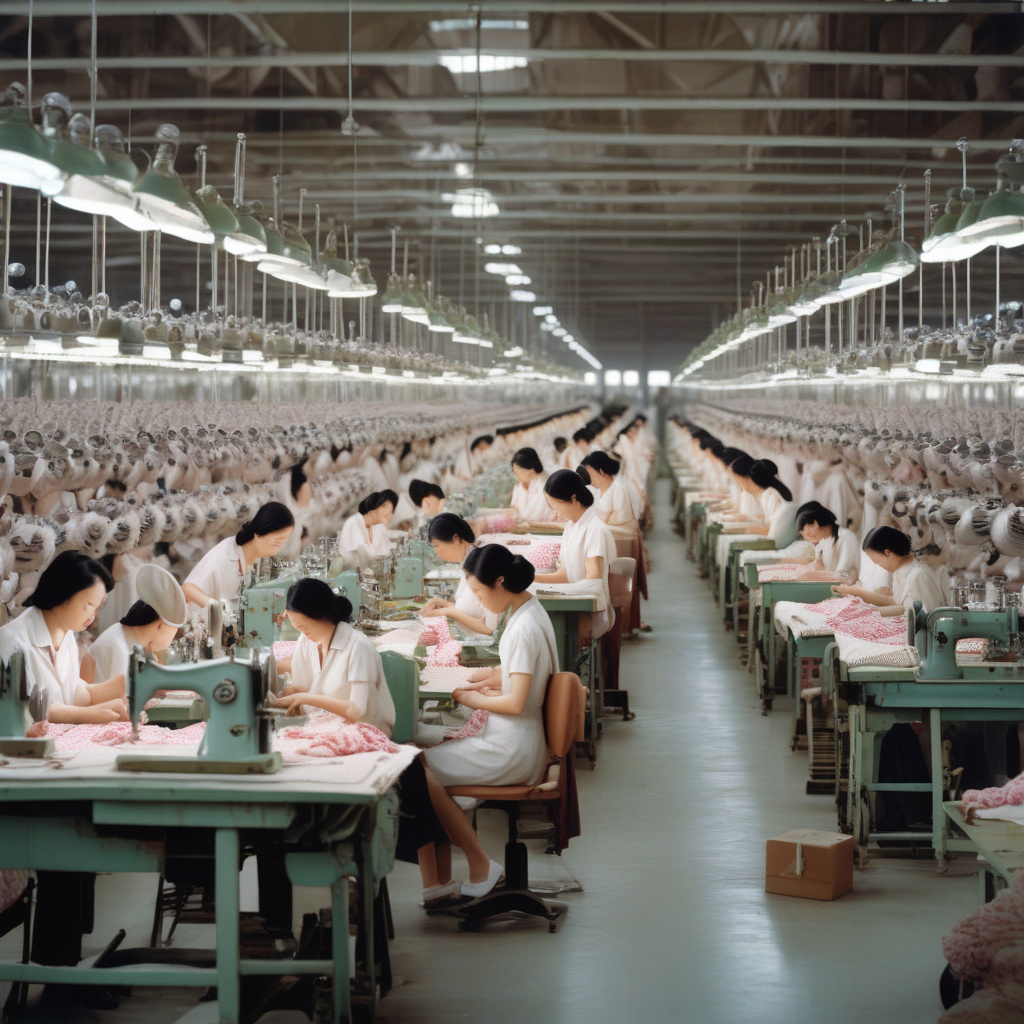Shein’s Tariff-Busting Shift Hits Home in Chinese Factory Hub
Shein, the ultra-fast-fashion giant, has been a disruptor in the fashion industry, known for its rapid turnover of trendy designs at affordable prices. However, recent reports from local factories in China’s manufacturing hub suggest a significant shift in Shein’s production strategy. The factories are experiencing falling orders as Shein appears to be diversifying its production to Vietnam, a move that is seen as a response to tariffs and trade tensions between the US and China.
The impact of Shein’s decision to move some of its production out of China is reverberating in the local manufacturing hub. Factories that once relied heavily on orders from the e-commerce giant are now facing a decline in business, leading to concerns about job security and economic stability in the region. This shift highlights the vulnerability of traditional manufacturing centers that depend on a single client for the majority of their orders.
Shein’s move to Vietnam is not only a strategic decision to avoid tariffs but also a reflection of the evolving dynamics of the global fashion industry. As trade tensions continue to escalate between the US and China, many companies are reevaluating their supply chains to mitigate risks and ensure long-term sustainability. By diversifying its production base, Shein is positioning itself to adapt to changing market conditions and maintain its competitive edge in the fast-paced world of fast fashion.
The shift in Shein’s production strategy also raises questions about the impact on Chinese workers and local communities. While the move to Vietnam may benefit Shein in terms of cost savings and operational efficiency, it could have negative consequences for the thousands of workers who rely on the fashion industry for their livelihood. As production moves to countries with lower labor costs, Chinese workers risk being left behind, facing unemployment and financial insecurity.
In response to Shein’s tariff-busting shift, local factories in China are exploring ways to attract new clients and diversify their business portfolios. Some are investing in technology and automation to increase efficiency and reduce costs, while others are focusing on niche markets and customized products to differentiate themselves from competitors. These efforts are crucial for the long-term sustainability of the local manufacturing sector and for mitigating the impact of changing global trade dynamics.
As Shein continues to expand its global footprint and navigate the complexities of international trade, the fashion industry is witnessing a transformation that will reshape the way garments are produced and distributed. By moving production to Vietnam, Shein is not only adapting to external pressures but also setting a precedent for other companies to rethink their supply chain strategies in the face of uncertainty and volatility.
In conclusion, Shein’s tariff-busting shift from Chinese factories to Vietnam is a reflection of the challenges and opportunities facing the global fashion industry. While the move may have short-term implications for local manufacturers, it underscores the importance of agility and adaptability in a rapidly changing business environment. As Shein charts a new course in response to trade tensions, the fashion world is bracing for a wave of transformation that will shape the industry for years to come.
Shein, fashion, tariffs, China, Vietnam












